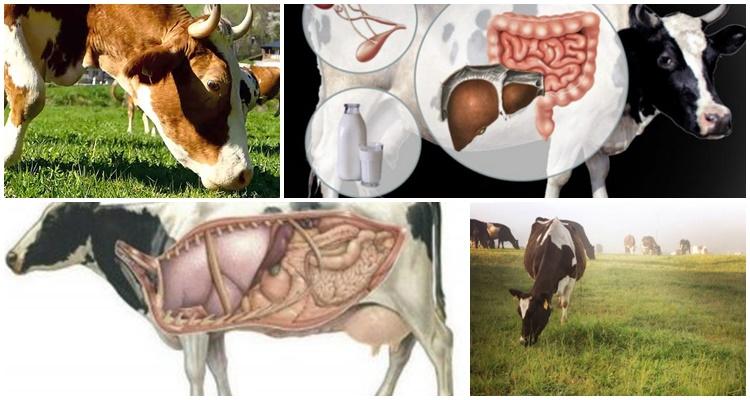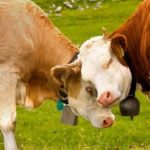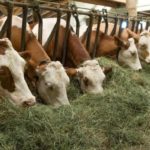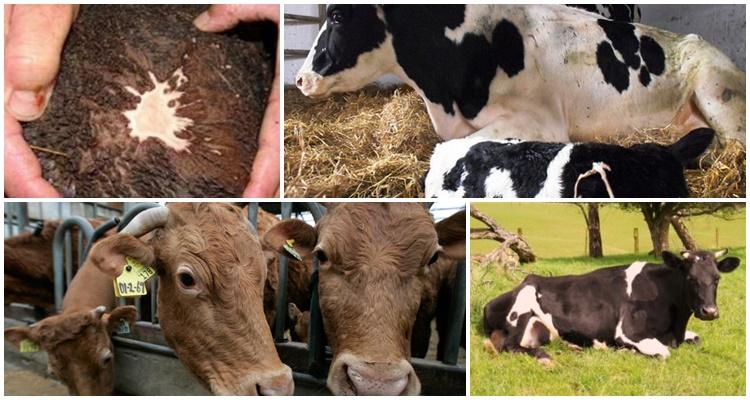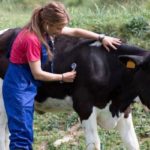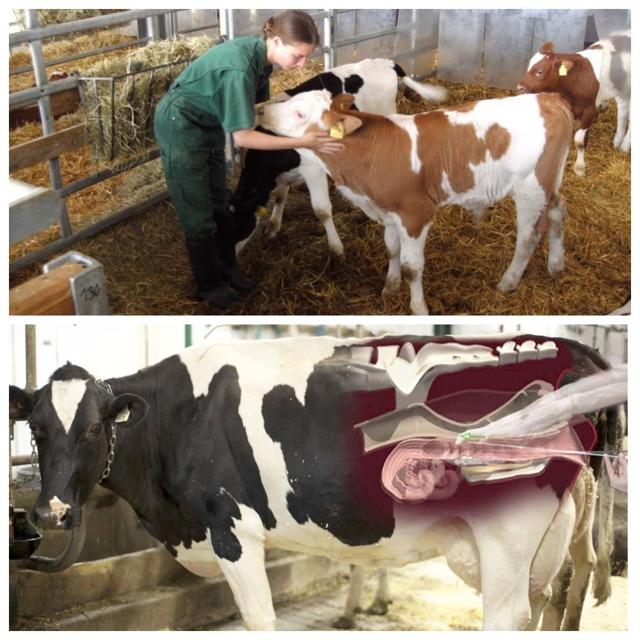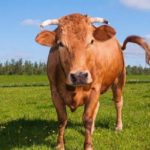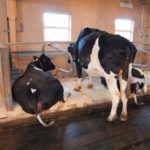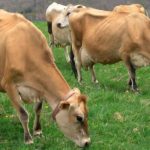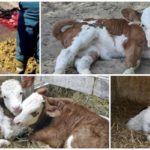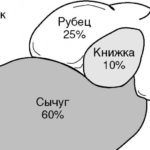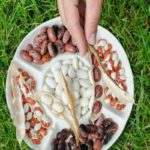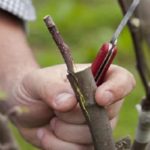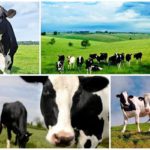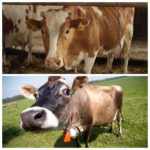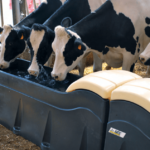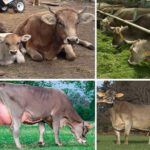Cows must have a healthy digestion system to keep them healthy. But disorders and other problems often occur. Cow stomach may stop working, this happens for several reasons. Let's consider what can be done if a cow has a stomach problem, the causes and symptoms of this condition, methods of diagnosis and treatment, and how to prevent this in the future.
Causes of gastric stoppage
Cows, like all herbivores, have digestive problems quite often.This is often due to mistakes in feeding livestock: when eating low-quality feed, cold or, conversely, hot wet food. Cattle are not very picky and can eat almost everything that is given to them, even inedible objects that fall into their mouths with food in the pasture or in the feeder.
Fasting can lead to gastric arrest, after which the animal begins to eat the offered food greedily, fills the stomach, and its work stops. Large, uncut vegetables and root vegetables that get into the rumen can also cause it to stop. Foreign objects such as stones, bones can cause disruption of its operation. When they get stuck in the esophagus, they block it. Calves, especially small ones, may experience stomach cramps from fright. Spasm of the esophagus can occur due to trauma to its walls, due to tumor diseases - tuberculosis or leukemia.
Digestion can stop due to blockage of the book. The pathology is characterized by the obstruction of this section of the cattle's stomach for food due to its filling with solid feed components, sand, and soil, eaten by the cow along with the feed. They do not pass further through the digestive tract and dry out.
The disturbance is provoked by prolonged grazing of livestock on pastures with poor vegetation composition, feeding of clogged grain waste, straw chaff, large quantities of whole grains, husks from millet, oats and cotton. Sand and soil end up in the stomachs due to the fact that cows on pasture eat, except for grass, and soil - due to a lack of salt and mineral elements in the feed.
Book atony occurs in cattle that lead a sedentary lifestyle, live in stalls, and rarely go out for walks.The pathology is also typical for animals with chronic diseases of the proventriculus, and also occurs in pregnant cows in the middle of pregnancy.
Symptoms and signs
If the stomach is not working, it will be visible immediately. In an adult animal or calf, belching disappears, there is no chewing gum, and it refuses to eat. He stands with his head bowed, his mouth slightly open and his jaws moving. The cow fans herself with her tail, breathes heavily, with shortness of breath, and may cough. Nervousness and anxiety appear, and productivity sharply decreases. The temperature rises, the pulse quickens, the intensity of peristalsis of the abomasum and intestinal tract decreases. The animal may experience pain, grunt, moan, and grind its teeth.
When poisoned, cows experience vomiting, shortness of breath, mucus discharge from the nose, the sclera turns yellow, and coordination of movements may be impaired.
Diagnostic methods
The problem is diagnosed by clinical signs, by the fact that the animal refuses to eat and there are no signs of digestive activity. It is necessary to take into account what the animal ate before the stomach stopped, whether it could have been poisoned.
How to get a stomach in a cow
There are several methods for treating the disorder. Depending on the cause, medication therapy, surgery, and mechanical removal of the object are used. Traditional methods of treatment are also effective in this case.
Removing a foreign body
If an object is stuck in the esophagus within reach, it can be removed manually. First you need to tie or restrain the animal so that it does not move. To prevent the cow from closing its jaws, place a wedge between the teeth, wrap your hand in a towel and throw it down the throat.Remove the stuck object.
Sometimes this method also helps: you need to pull the animal’s tongue to induce vomiting. In this way he manages to free himself from the irritating object.
If this cannot be done, the object can be pushed inside using a special probe. To ensure that it passes freely, before starting the procedure, you need to pour 0.5 liters of vegetable oil into the animal’s throat. For the probe to work effectively, it is recommended to fill it with water, which will push the object inside.
Drug treatment
If your stomach has become upset due to overfeeding or large foods, medications are needed. Moreover, they must enter the cow’s body quickly, since stopping digestion brings not only discomfort, but also harm to the animal.
To make the stomach work, the cow or calf is injected intramuscularly with antispasmodics, for example, No-Shpu, Sulfocamphoin and Oxetetracycline. At the same time, the scar is massaged in the area of the hungry pit, active movements stimulate the functioning of all digestive organs.
Surgical intervention
If previous methods that can be used to treat cows do not produce results, the object remains in the esophagus, the cow needs to undergo surgery. The animal's esophagus is opened and the foreign object is removed.
Folk remedies
At home, you can give a calf or cow a brine from pickled or salted vegetables. It contains a lot of salts, vitamins, and acids, which are just necessary for the normal digestive activity of ruminants.You can give mineral water or a solution of lactic acid, hellebore tincture diluted in 0.5 liters of water.
Another way: dissolve 100 g of yeast in a glass of water and leave for half an hour. Then add 0.2 liters of vodka and 100 g of sugar. A total of 1 liter of mixture should come out; if the volume is insufficient, you need to add water. The liquid is poured into the cow’s throat 2 times a day, and this continues for several days in a row. In the household, a decoction of medicinal herbs is used: St. John's wort, flaxseeds, yarrow leaves. They are also given 2 times a day.
Nutrition after the stomach starts
When the stomach has been started, the cow must be kept on a starvation diet for a day, given only water. Then give her fresh dried grass or good hay. You can feed liquid bran mash. During the first 24 hours, the animal will benefit from a belly massage. This is necessary so that the stomach does not stop. A cow should drink plenty. Walk livestock only on an area or pasture free from foreign objects.
Prevention of the problem
In order for the stomach not to stop and work stably, you need to feed the cow correctly. Do not delay feeding so that the animal does not feel hungry. Give plenty of water. Food should always be fresh, the quality of the products is of paramount importance. You can’t feed old moldy or rotten hay and straw, and you can’t put such straw on the bedding. Chop vegetables and root vegetables as finely as possible, no need to grate them, just cut them with a knife. Peel the corn cobs from leaves and dehusk the grain.
The diet of cattle should always be balanced. This means that throughout the day, cattle should receive grass or hay, liquid food, silage, feed and premixes.Therefore, you need to take a responsible approach to the preparation and preservation of feed, reject spoiled products already at the procurement stage, and sort them out during storage. Drink the required amount of water, especially in winter, when animals eat dry food.
Daily exercise is mandatory for cows. When they move, there is a natural gentle massage of the digestive organs, which protects the cattle from digestive problems.
Stopping the digestive processes in cows can happen for many reasons, often the owner himself is to blame for the violation. Based on the characteristic signs, this condition can be established at home. In mild cases, you can also help your animal at home. It is important to provide assistance on time. In advanced cases, without treatment, the cow may die.

